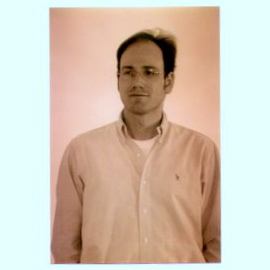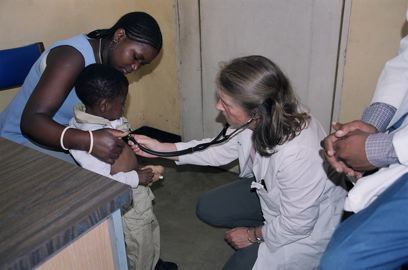 As in many cultures, when a Jewish child is born, amid the joy and the celebration, time is made for ritual, the binding of one generation to another.
As in many cultures, when a Jewish child is born, amid the joy and the celebration, time is made for ritual, the binding of one generation to another.
In the Jewish tradition, soon after birth, a ceremony known as brit milah or baby naming is held, and the child is given a Hebrew name.
As the ceremony ends, the same words are always spoken, “May you be a blessing to your people.”
Throughout his life, Judah White was most definitely a blessing to his people.
He seemed to be one of those kids who excel at everything. He aced his way through school. He was a terrific athlete. He was artistic, good-looking, open to life. He seemed to be one of those people to whom much is given. And he gave much in return.
 Yet even with all his gifts and talents, when you asked people about Judah, the first qualities mentioned were his gentleness and caring. Maybe that’s why, after earning a law degree, he lasted a nano-second practicing law before heading back to school to become a doctor. Medical school took him to Tel Aviv, but when his physician father became seriously ill, Judah returned home to Los Angeles to do his residency.
Yet even with all his gifts and talents, when you asked people about Judah, the first qualities mentioned were his gentleness and caring. Maybe that’s why, after earning a law degree, he lasted a nano-second practicing law before heading back to school to become a doctor. Medical school took him to Tel Aviv, but when his physician father became seriously ill, Judah returned home to Los Angeles to do his residency.
That’s when he met Dr. Kimberly Shriner. She specializes in infectious diseases, and like so many doctors in her field, Dr. Shriner became a frontline warrior in the battle against AIDS. In 1996, she opened the Phil Simon Clinic at Huntington Memorial Hospital in Pasadena, California to serve low-income AIDS patients. In 2000, she decided to take what she knew and apply it to the AIDS epidemic in Africa. “I was watching AIDS spread through Africa, yet in America, people were getting better. I had 25 years of experience dealing with this disease and I thought I might be of some help.”
After putting out feelers, fate seemed to lead her to Arusha, Tanzania and in 2001, she began to work with African doctors who were on the ground and already working on AIDS. “When we first went, it was a bad situation,” remembers Dr. Shriner. “There were no anti-viral medications, people were ostracized and not allowed to enter hospitals. The situation was very dire.”
It was important to Dr. Shriner that her work in Africa not have a paternalistic, “you need to do this because we said so and we know better,” feel to it. Her goal was to partner with African doctors to work against AIDS and other diseases.
 But she had another goal as well. “I wanted to inspire American doctors, to reconnect them with the reasons they went into medicine in the first place. There is such sterility to American hospitals that it is easy to just sit at a computer. It’s all very clinical. Going to Africa, where there are no CT scans, no labs, no MRIs, teaches people to rely on their brains.” And their humanity.
But she had another goal as well. “I wanted to inspire American doctors, to reconnect them with the reasons they went into medicine in the first place. There is such sterility to American hospitals that it is easy to just sit at a computer. It’s all very clinical. Going to Africa, where there are no CT scans, no labs, no MRIs, teaches people to rely on their brains.” And their humanity.
Naturally, Judah wanted to go. And he might have. Every year, Dr. Shriner makes it a point to bring residents, nurses, nutritionists, surgeons, burn specialists, and other hospital workers to Arusha for two weeks as volunteers. Judah planned to join them.
But after returning from a ski trip to Canada, Judah mentioned that he wasn’t feeling well. Most people at the hospital chalked it up to “resident-itis” – the tendency to think you have every disease you see. But when several weeks went by and Judah was still exhausted, Dr. Shriner encouraged him to have it checked out. “I was with him when he received his diagnosis,” says Dr. Shriner. “Everyone loved Judah. No one wanted to believe he had cancer.”
Over the next two years, Judah would endure chemotherapy and two stem cell transplants. But heroic efforts were not enough. Just a few weeks after his 39th birthday, Judah died.
At a memorial lecture in Judah’s honor, his mother Martha approached Dr. Shriner. She told her she wanted to donate money to the clinic in Africa in Judah’s name.
Dr. Shriner told her no; she had something else in mind. She thought she knew a way to keep Judah’s spirit and gift for healing alive. Was Judah’s mother willing to take a leap of faith?
Click here for the conclusion of this Grateful Traveler story.
By Jamie Simons for PeterGreenberg.com.
Read more inspiring stories from the Grateful Traveler series:












